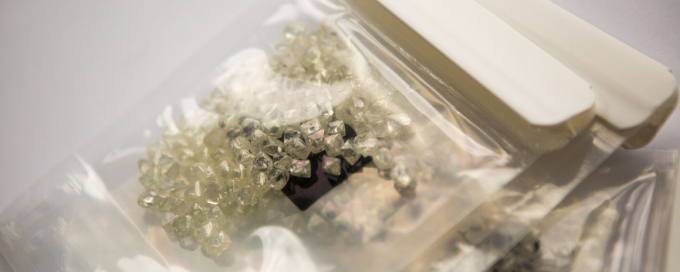
The decrease was driven by planned reductions in production to reflect the lower demand for rough diamonds due to the COVID-19 pandemic.
Anglo said the COVID-19 related measures remain in place to safeguard the workforce while maintaining operational continuity.
Debswana production in Botswana eased 15% to 4.8 million carats due to the planned treatment of lower grade material at both Jwaneng and Orapa, with production targeted at levels to meet lower demand.
Namdeb Holdings production in Namibia also decreased by 43% to 200 000 carats as the marine fleet suspended production for part of the third quarter to reflect lower demand and one vessel was in dock for planned maintenance during the period.
However, South African production increased to 1.2 million carats due to an expected change in ore mix, with more ore sourced from the higher grade material from the last cut of the open pit (rather than from low-grade stockpiles) at Venetia as the mine transitions to the underground.
Production in Canada also increased by 17% to 900 000 carats, due to treatment of higher-grade material at Gahcho Kué.
Anglo said demand for rough diamonds showed signs of improvement in the quarter as Covid-19 restrictions gradually eased in cutting and polishing centres and consumer markets ahead of the key end of the year holiday season.
De Beers' rough diamond sales totalled 6.6 million carats from three sights compared with 300 000 carats from two sights in the second quarter of 2020 and 7.4 million carats from three sights, the previous year.
Anglo said De Beers' diamond production guidance remains unchanged at between 25 million and 27 million carats, subject to continuous review based on the disruptions related to Covid-19 as well as the timing and scale of the recovery in demand.
Mathew Nyaungwa, Editor in Chief of the African Bureau, Rough&Polished
